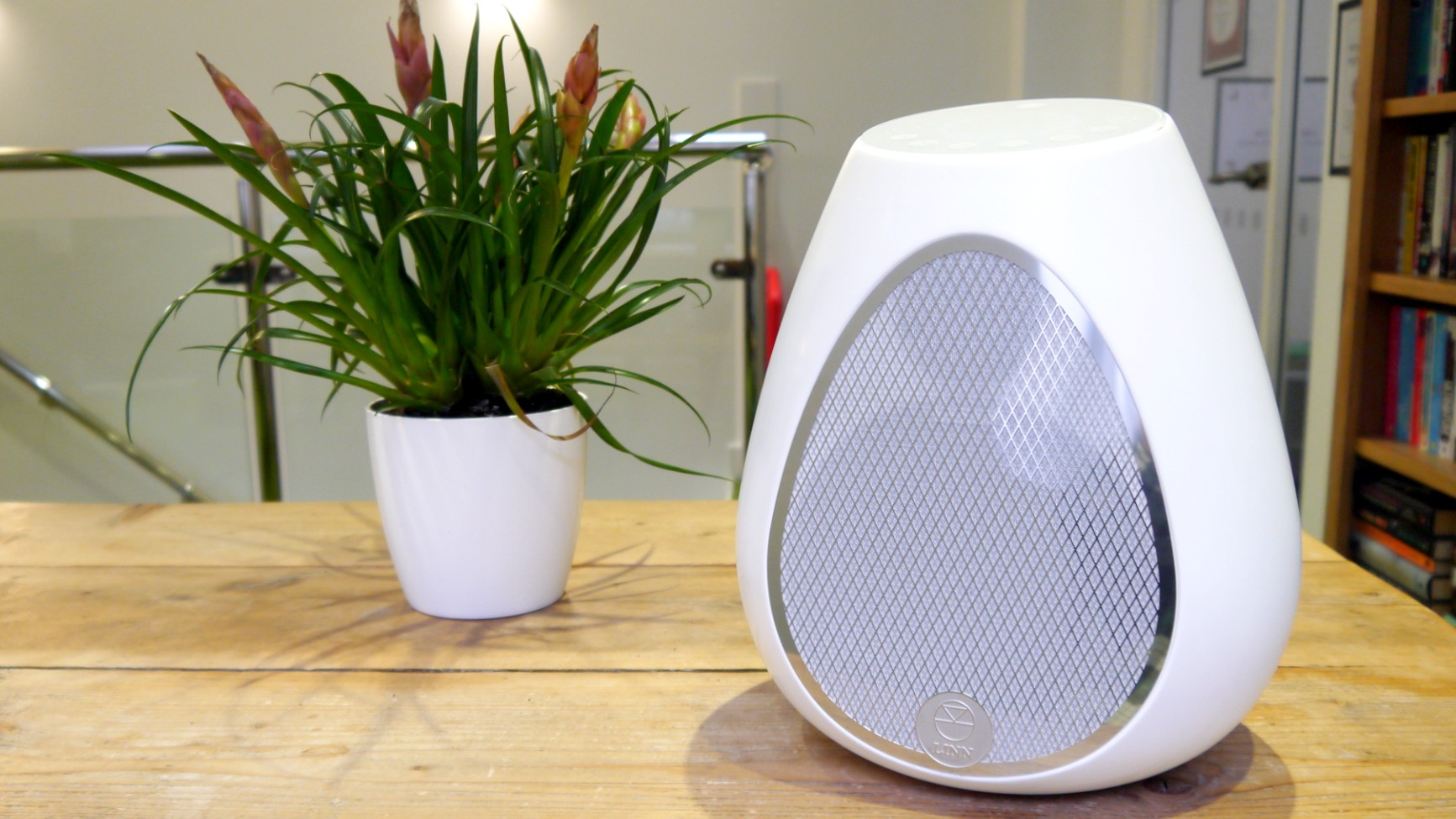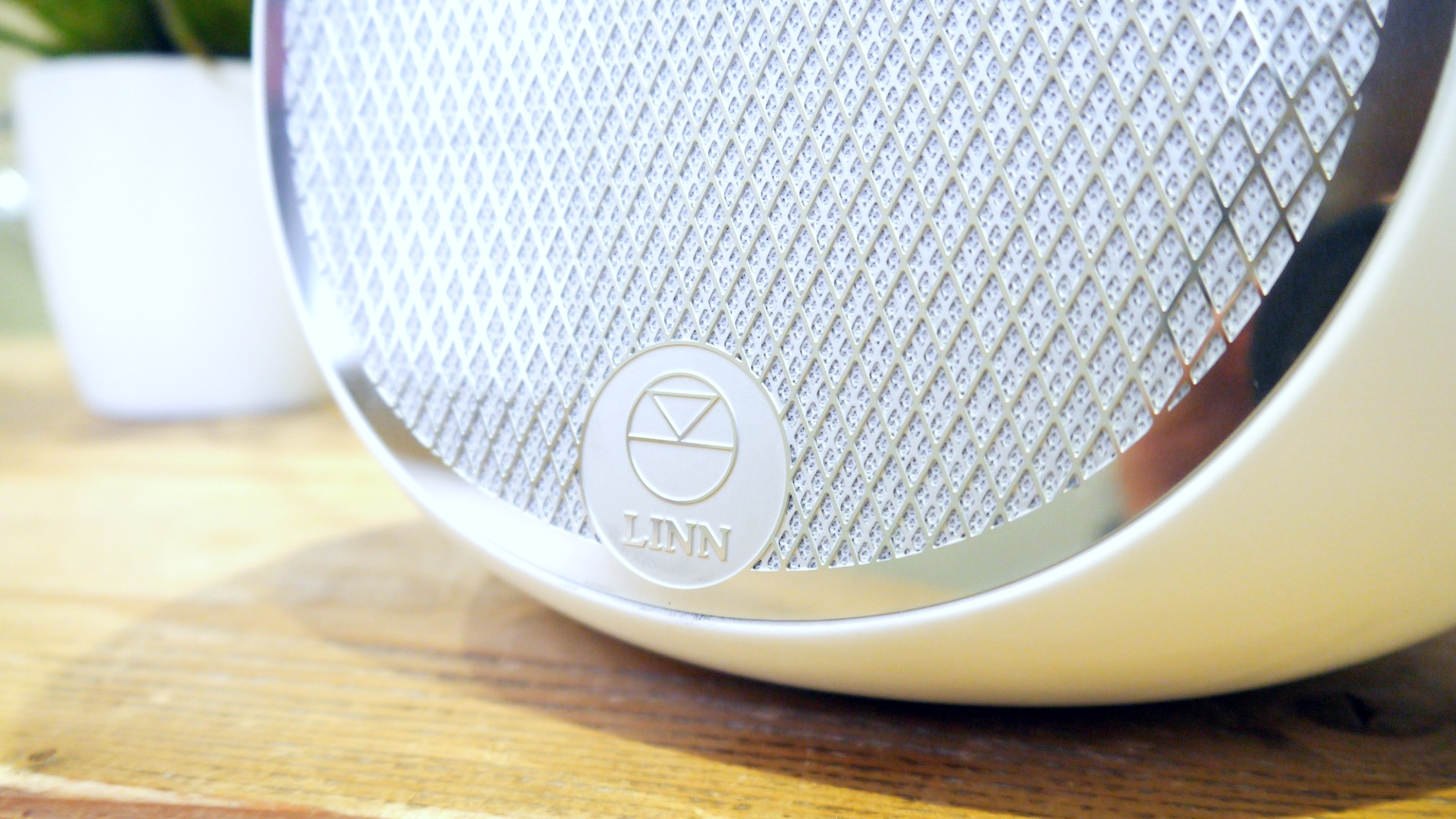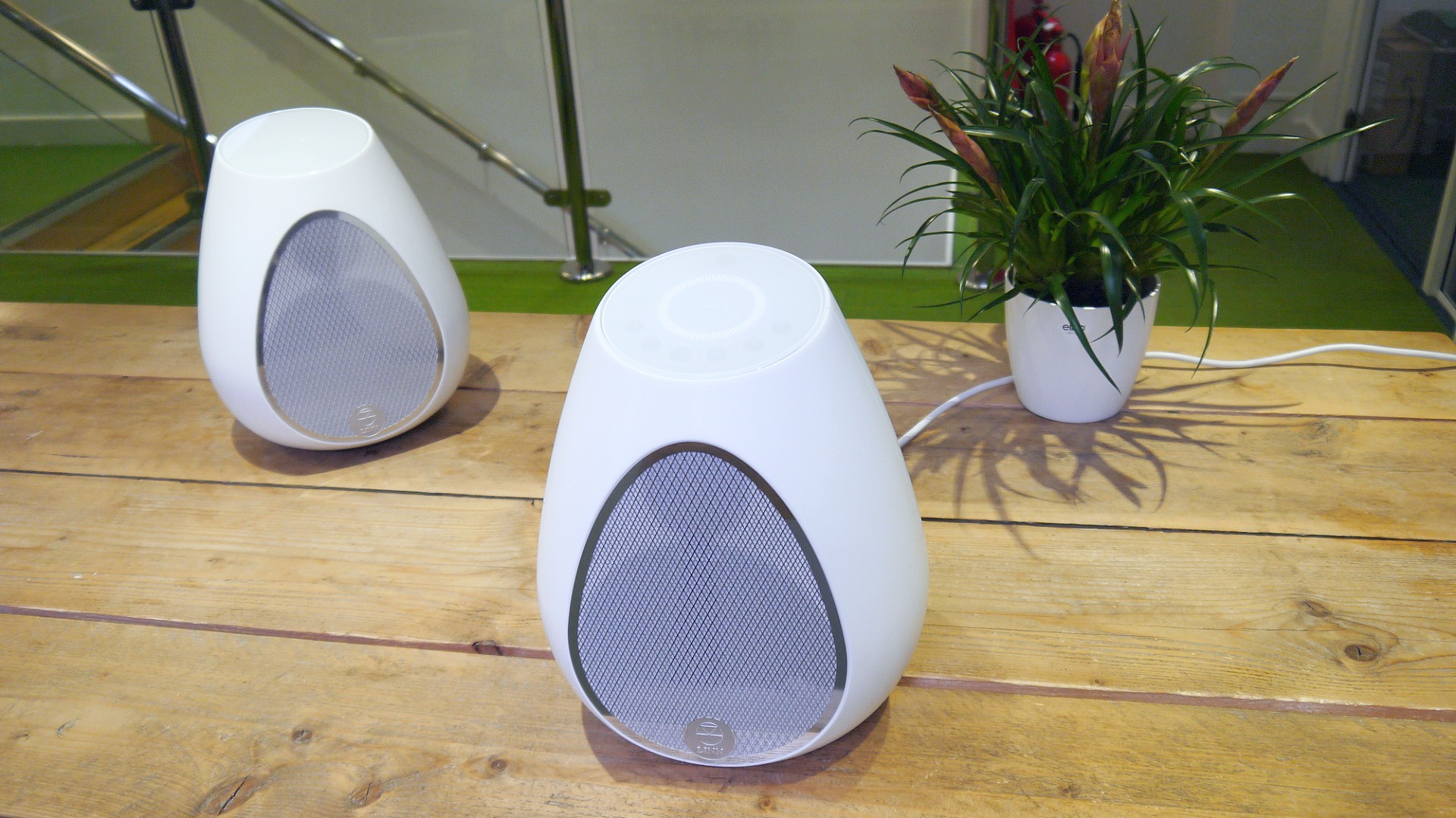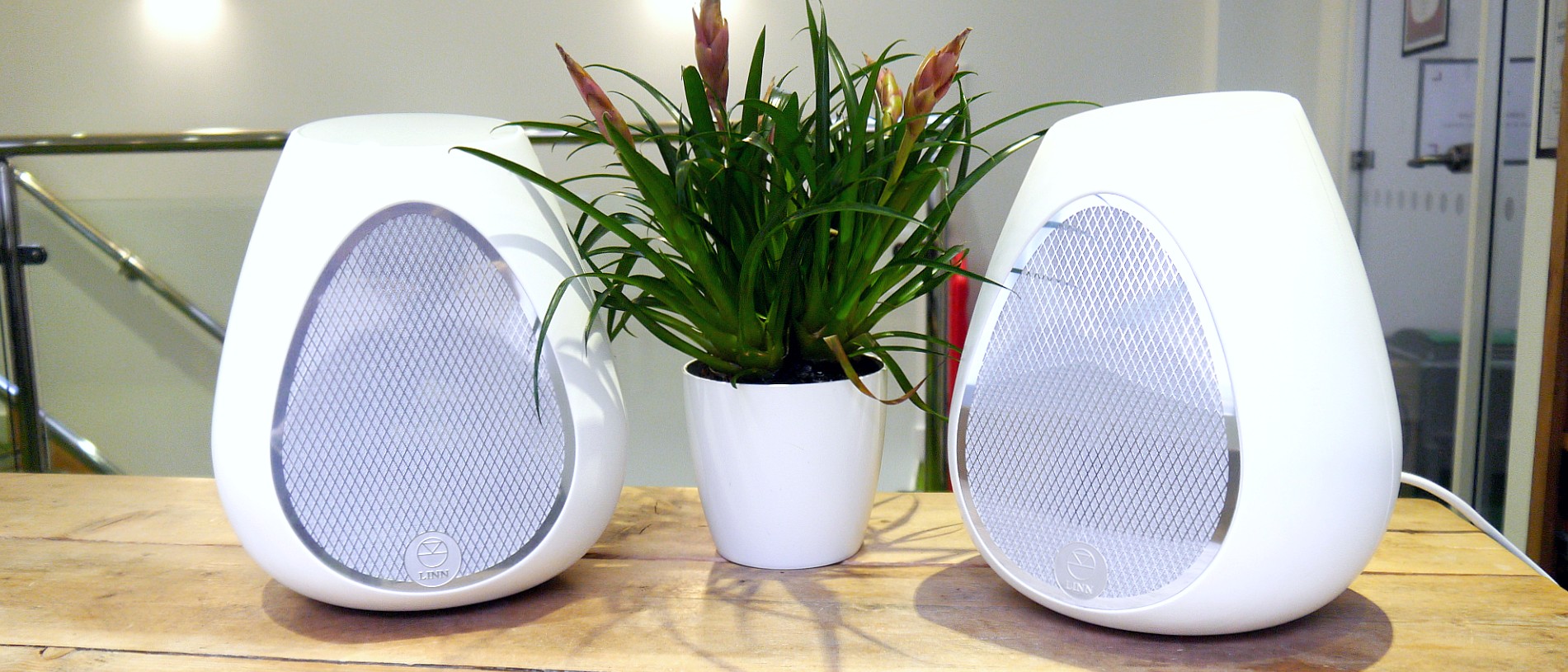TechRadar Verdict
A truly excellent set of wireless speakers from Linn, the most depressing thing for rivals is that there’s room for improvement here.
Pros
- +
Uncompromised technology
- +
Direct and unified sound
- +
Looks great
Cons
- -
Some Bluetooth issues
- -
Short of outright scale
- -
Pricey
Why you can trust TechRadar
For the purposes of this review, the world can be divided into two types of people: those who’ve never heard of Linn, and those who know the Scottish hi-fi specialist has been a revered high-end brand for the thick end of fifty years.
That second group of people will be excited, and just a little apprehensive, to learn Linn has launched its very first wireless all-in-one speaker - the Series 3. The first group will clock the looks and read the price of Series 3, and wonder if this isn’t all a wind-up.
For the first group, then: Linn has been at the cutting edge of the hi-fi high end ever since its legendary Sondek LP12 turntable arrived in 1973. It got in on the ground floor of digital music streaming back in the mid-00s and has been single-mindedly advancing digital audio technology ever since.
The brand has the cachet it deserves. And no, Series 3 is far from a wind-up - it’s deadly serious. Despite the profusion of extremely expensive, extremely capable alternatives from the likes of Bowers & Wilkins, Devialet and Naim, Linn reckons Series 3 is the best-sounding wireless speaker in the world.

Price and availability
The Linn Series 3 costs £2,950 for the single, standalone main speaker unit, or £5,450 for a pair that in includes a second speaker (reliant upon the first for smarts and connectivity) for stereo pairing. It's very much a premium speaker set then, but thankfully the performance pretty much justifies the price tag.
American and Australian pricings are yet to be be confirmed, but that works out at roughly $3900/$7,125 and AU$5,700 / AU$10,500 respectively.
Design
The desire to suggest ‘something’ looks a lot like ‘something else’ is a sensation most people are familiar with - and the Linn Series 3 is an absolute gift in that respect.
The 30 x 25 x 21cm Series 3 wireless speaker is curved in the manner of… what? A receptacle of some kind? A piece of fruit? A body part? No matter if you think Series 3 is reminiscent of a wine glass (as Linn itself suggests), or an egg, or a minor character in a Star Trek reboot, there’s certainly no mistaking it for any other company’s wireless speaker.

That swoopy cabinet is cast from a natural mineral compound more commonly used in domestic ceramics, and then finished by hand. It’s almost like stone to the touch, and has similar density and stiffness characteristics to stone too - damping properties which make it an ideal acoustic material.
The top (the neck?) of the cabinet isn’t horizontal, but slopes gently forwards. It’s covered by a smoothly integrated glass top-plate, which adds to both the Series 3’s visual and tactile appeal (as well as the 6.9kg kerb weight).
Features
Series 3 is designed to work either as a stand-alone wireless speaker or as a stereo system. In the first instance, your £2,950 buys a ‘301’ Series 3, with all of the connectivity potential that’s about to be discussed. Spend £5,450 and you get a partnering ‘302’ Series 3 along with ‘301’ in order to create a stereo pair.
Realistically, you’re entitled to expect a pretty extensive specification when you’re spending three grand on a wireless speaker. Happily, Series 3 has ‘extensive’ fairly well covered.
There are two Class D power amps inside each Series 3. Each is packing 100 watts - one drives the 19mm silk tweeter and the other powers the 160mm mid/bass driver. After this, though, the story is almost all about ‘301’.
Digital audio information can be served to the ’301’ Series 3 in quite a few different ways. It’s Roon-ready, so all your networked audio (up to 24bit/192kHz resolution) is accessible. There’s Apple AirPlay and Bluetooth 4.2 for straightforward streaming*, and the Linn/Kazoo control app allows you to integrate Spotify, Qobuz, TuneIn and TIDAL accounts too. It’s probably worth pointing out that Linn has absolutely no truck with MQA, though, so TIDAL Masters is off this particular menu.
(* 'Straightforward streaming’ as far as Bluetooth is concerned must come with a small caveat: at the time of launch, Series 3 demonstrated some pickiness with Android smartphones. Linn’s promised ‘maintenance release’ may well have taken place by the time you read this review, but nevertheless any prospective customer should test out their Android phone with Series 3 before forking over the cash.)

There’s also an HDMI ARC socket, so Series 3 can work its magic with your video, as well as audio, sources. It’s one of just a few physical connections - the others are mains power (of course), an Ethernet input (for complete network stability) and an Exakt Link socket. This is the physical connection used to join a ‘301’ to its partnering ‘302’ in a stereo Series 3 system. ‘302’ has just the Exakt Link socket and input for mains power.
Linn introduced its Exakt digital audio engine back towards the start of this decade, and it’s been refining it ever since. One of its primary functions is to preserve the audio information in the digital domain until the last possible moment - and Series 3 is packing Exakt engine implementation in the same way as some Linn products costing five times as much. Any incoming audio file below 192kHz is upsampled to this resolution, as the Exakt engine performs digital crossover filtering at this standard. The resulting information is then upsampled again, to 768kHz, in order to bypass all digital-to-analogue upsampling stages. The signal is then fed to the power amps, having been converted to analogue just beforehand. It’s a painstaking and expensive methodology, and one in which Linn has unshakeable faith.

Control options aren’t quite as numerous, but there should be something here to suit you nevertheless. The aforementioned Linn/Kazoo control app is generally pretty acceptable - it’s not without foibles, but they are mild and rare. It’s comprehensive, and it makes setting up a multi-room Series 3 system very straightforward. A lot more straightforward than earning the money to afford a Series 3 multi-room set-up in the first place, definitely.
Some basic voice control is also available if you put Series 3 on the same network as a Google Assistant or Amazon Alexa mic-equipped speaker. Set-up into the Alexa or Google Home app is via Bluetooth, and is simple to perform.
Or there are the touch-controls gently glowing beneath the glass top-plate. One hundred LEDs form a softly illuminated circle, and indicate volume level. There are also pairing controls and presets for ‘favourites’. That’s all on the ‘301’, of course - ‘302’ just has a glowing Linn logo on its glass surface.
Performance
Cut to the chase, you say? Fair enough. The Linn Series 3 is a superb-sounding wireless speaker, as its price absolutely demands it must be. There are one or two areas where the similarly priced Devialet Gold Phantom has the better of it (well, just one really: out-and-out power, and the scale that derives from it) but, as far as an all-court game goes, the Linn is as good as you can currently hear. Every aspect of audio reproduction is dealt with confidently and with no little skill.
Once through a 24bit/192kHz download of Chic’s glorious C’est Chic gives the Linn ample opportunity to show off its expertise. A big part of the Exakt engine’s responsibilities concern the time alignment of the sound - the idea that music sounds its most convincing when all the frequency information reaches the listener at the same time, regardless of its position in the frequency range.
There’s an almost tangible sense of unity to the way Series 3 sounds - it allows the musicians to sound like they’re performing as a single entity, in absolute harmony and understanding with each other. This facility with timing is by no means a given in audio systems at any price, and is a big part of the Series 3’s charm.

In addition to this unequivocal directness of presentation, the Linn piles on the details. Bernard Edwards’ peerless bass guitar playing is deep, textured and expressive; Nile Rodgers’ guitar is crisp and nuanced; Tony Thompson’s drum kit has impact at the bass, hard-hitting attack in the midrange and convincing tonality at the top end. And Alfa Anderson’s vocals project out ahead of all that simmering instrumentation, loaded with detail and nuance. The Series 3 takes you directly to Studio 54.
Other genres are equally capably dealt with. A TIDAL stream of Charles Mingus’ Goodbye Pork Pie Hat has all the dynamic potency, both low-level and full-on, to make the tune sound vibrantly alive. Kendrick Lamar’s Wesley’s Theory hits remorselessly and carries implacable momentum - the Series 3 has the rigour to describe the attack and decay of individual notes or sounds with real precision. And the New York Philharmonic under Leonard Bernstein skipping through Tchaikovsky’s Nutcracker Suite is a spacious, well-defined and eloquent listen.
Yes, it’s true that if you want to play at neighbour-baiting volumes it’s possible to improve on Series 3. But unlike its nominal rivals, the Linn doesn’t let its composure slip when the levels get oppressive. It’s a poised, convincing and exciting listen.
Verdict
Its looks are a matter of taste, but its sound is less debatable - with Series 3, Linn has hit the ‘wireless speaker’ bull’s-eye first time out. There are some Bluetooth niggles to correct, and maximum volume levels could be bolstered. But there's a refinement to the Linn Series 3 that gives it a luxurious edge – even with its eye-watering price tag.
- Best wireless speakers: greater sounds, fewer cables
Simon Lucas is a senior editorial professional with deep experience of print/digital publishing and the consumer electronics landscape. Based in Brighton, Simon worked at TechRadar's sister site What HiFi? for a number of years, as both a features editor and a digital editor, before embarking on a career in freelance consultancy, content creation, and journalism for some of the biggest brands and publications in the world.
With enormous expertise in all things home entertainment, Simon reviews everything from turntables to soundbars for TechRadar, and also likes to dip his toes into longform features and buying guides. His bylines include GQ, The Guardian, Hi-Fi+, Metro, The Observer, Pocket Lint, Shortlist, Stuff T3, Tom's Guide, Trusted Reviews, and more.

